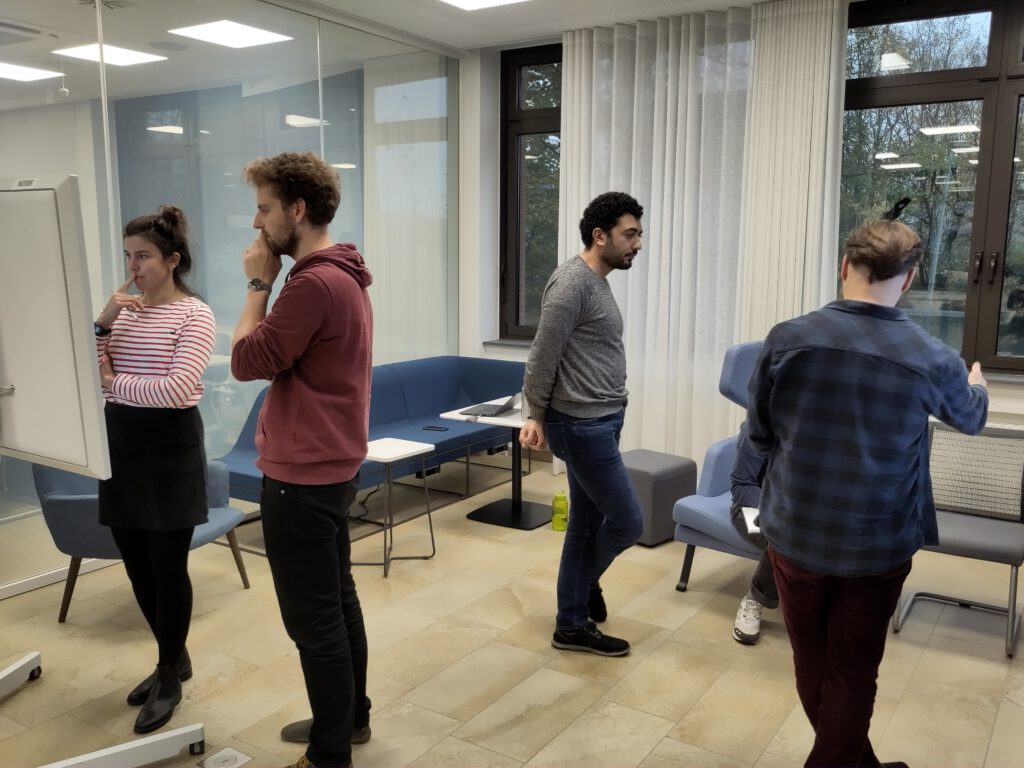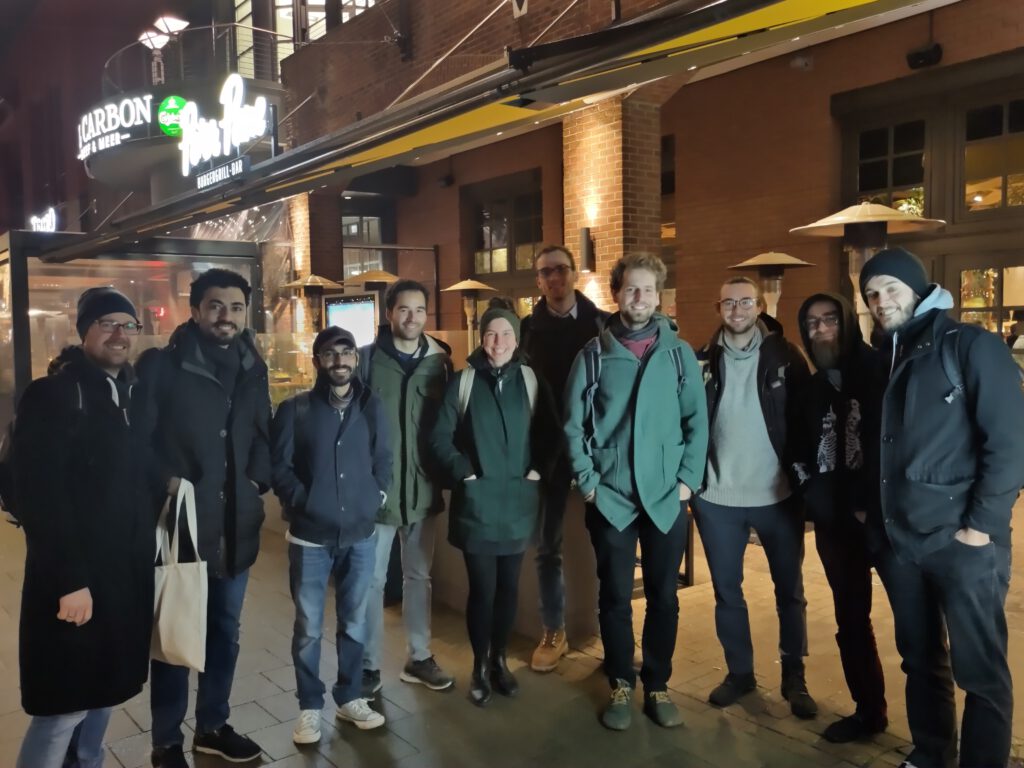
In the last days, we intensively discussed the next steps in the development of oemof. It was very intense and exciting to see other enthusiastic developers in person, drafting solutions at the white board and reviewing code in the presence of the persons who wrote it. We discussed long-term plans but also very particular problems, e.g. how to rewrite up-times in solph so that they are meaningful in models with time-steps of varying length. The most noticeable topics were mostly considering solph:
- Result handling: Especially for new users, accessing the results is not always intuitive. Also, the processing could be more efficient.
- Facade class: There are several implementations around that group solph nodes, flows, and sometimes additional constraints. We are looking into harmonising the structure to strengthen interoperability.
- Multi-Period Model, Discounting and Single-Period Model: At the moment, the multi-period investment model works slightly different than the classical model that allows investments only once. It seems possible to adjust the latter to remove code duplication.
- Working with aggregated time-series: Especially for long optimisation horizons, aggregating time steps is a good strategy. There is a group of people making solph compatible to TSAM, so that aggregation is easy to do.
- Need for refactoring: Many of the recently added (and upcoming) features add complexity. We need to refactor legacy code with respect to the new demands to keep solph easy to maintain on the long run.

We were so busy, we forgot to take a formal group picture. So everything we have is the one we took at the nearby Christmas market.
To our hosts at Fraunhofer UMSICHT, in particular to Lennart Schürmann, who organised the meeting: Thanks for having us! And o everybody who participated (also remotely): Thank you for joining! We hope to see you again at our 2024 user meeting in Nordhausen.
